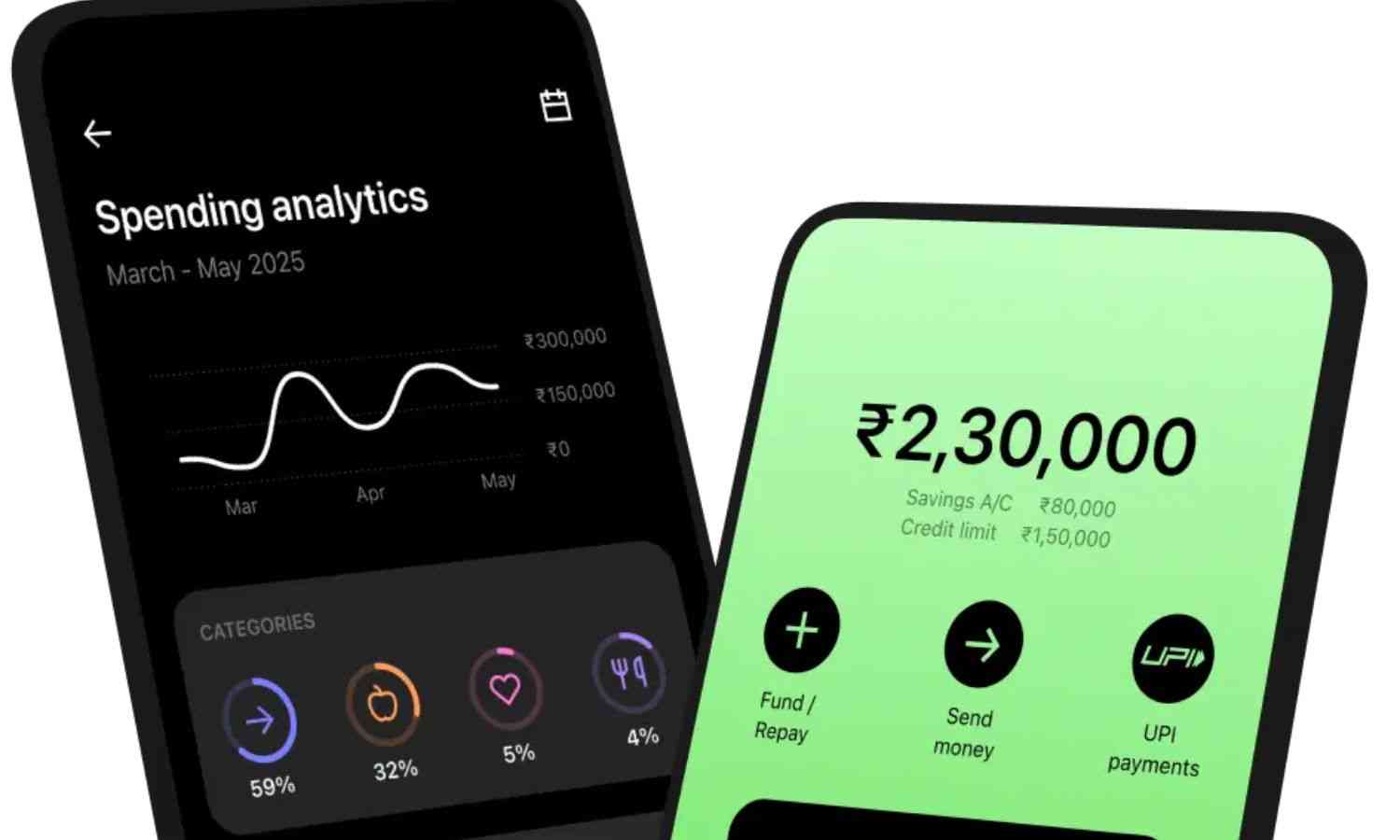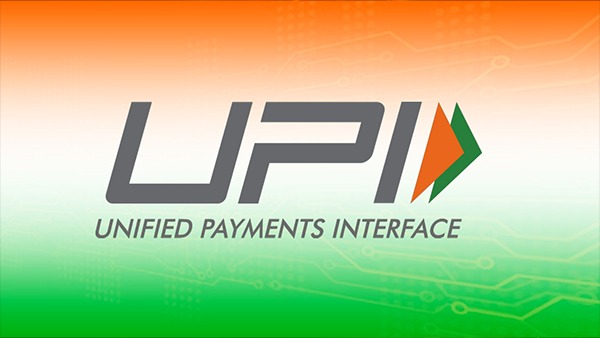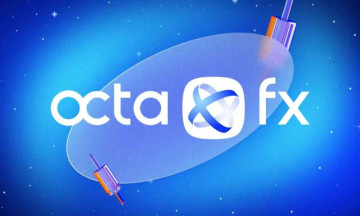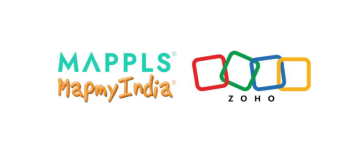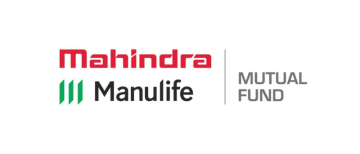India’s Unified Payments Interface (UPI) is one of the most consequential financial-technology achievements of the last decade. What started as a government-backed experiment to simplify bank-to-bank transfers has grown into a nationwide, real-time payments rail that moves trillions of rupees every month, powers micro-payments at kirana stores, enables recurring subscriptions, and even handles IPO applications. UPI didn’t merely digitise payments — it reimagined them for a mobile-first, language-diverse country and in the process created a model that many nations now look to emulate.

What is UPI — the basics
UPI is an instant, real-time payment system built on top of India’s Immediate Payment Service (IMPS). It was developed by the National Payments Corporation of India (NPCI) and rolled out publicly in 2016 with the goal of enabling easy, interoperable bank-to-bank transfers through a mobile interface. At its core are two simple ideas:
-
a Virtual Payment Address (VPA) — the “name” you give people to pay you (for example, yourname@bank), so you don’t need to share account numbers and IFSC codes; and
-
a two-click authorisation flow (enter amount, authenticate) that completes transfers instantly, subject to multi-factor authentication requirements where appropriate.
UPI supports peer-to-peer (P2P) transfers (friends, family), person-to-merchant (P2M) payments (shops, e-commerce), and increasingly, automated or recurring payments through features such as AutoPay and e-mandates. Over successive versions (UPI 2.0, UPI 3.0 and beyond) NPCI has added functionality: linking credit products, invoice handling, e-mandates for subscriptions, and even conversational or voice-driven payment flows in early pilots.
Why UPI succeeded — product and policy working together
UPI’s remarkable adoption is not an accident — it’s the result of product design choices combined with a supportive regulatory and ecosystem environment.
-
Simplicity and trust. By letting people send money using an easy-to-remember VPA rather than bank details, UPI removed friction and lowered cognitive load. Two-factor authentication and the involvement of banks and regulated payment service providers preserved trust.
-
Interoperability and openness. NPCI designed UPI as an open rails model: multiple banks and third-party apps can plug into the system, and users can choose any UPI-enabled app while still transferring to any other bank account on UPI. This prevented monopolies on user flows and created competitive incentives for better UX.
-
Network effects. As more merchants accepted QR-based UPI payments, consumers found more use cases for the app. As usage rose, wallet-like siloed products became less attractive — customers could pay directly from their bank accounts.
-
Policy nudges. Regulatory support, including enabling UPI for credit card payments and clarifying limits for certain categories (like hospitals and education), helped expand the range of transactions UPI could safely handle.
Scale and the numbers (a quick snapshot)
UPI’s growth trajectory is jaw-dropping. Monthly transaction volumes crossed into the multiple billions per month range within a few years, and the system now processes tens of thousands of millions (i.e., trillions of individual transactions annually) with transaction values that run into multiple lakh crores. NPCI’s product statistics and public reports show UPI’s deep penetration across both volume and value metrics, and media reporting has tracked new monthly and quarterly milestones as they arrive. These numbers underscore that UPI has moved well beyond early adopters into mass-market usage for everyday payments — groceries, utilities, transport, and more.
(When referencing specific monthly volume or value figures, it’s best to consult NPCI’s product-statistics page or NPCI press releases for the exact and latest counts, since the figures change rapidly month-to-month.)
How people and businesses use UPI today
UPI’s presence is ubiquitous in India’s daily economic life:
-
Household payments. Sending money to family, splitting bills, and topping up mobile wallets are day-to-day uses.
-
Offline merchant payments. QR codes are displayed at kirana shops, salons, and cafés; customers scan and pay from their UPI app, often earning merchant or app-level offers.
-
Online commerce and micropayments. E-commerce checkouts increasingly offer UPI as a low-cost, fast payment option. Subscriptions and ticketing have adopted UPI AutoPay for recurring billing.
-
Large-value and institutional use-cases. Over time, NPCI has raised caps and clarified rules to allow larger payments in certain categories like educational fees and hospital bills; UPI also handles high-value merchant categories such as debt-servicing and insurance payments when appropriately routed.
Innovation on top of UPI: apps, credit, and supercards
UPI is not a single app — it’s a rails platform used by dozens of banks and third-party apps. This has led to a flourishing of product innovation:
-
Bank apps and fintech wallets. Most major banks offer a UPI-enabled app. Fintech companies have built merchant-facing flows, remittance services, and loyalty features on top of UPI.
-
Credit via UPI. NPCI allowed linking RuPay credit cards to UPI and later expanded credit usage within UPI flows — enabling consumers to choose whether to pay from a bank account, an overdraft, or a credit line at checkout.
-
Card+Bank+UPI hybrids. New offerings combine banking, credit, and UPI into bundled products (cards that act as a credit line plus linked savings accounts and integrated UPI functionality) to give customers more flexibility and features while centralising payments into a single experience. These hybrids marry the instant convenience of UPI with the longer float and consumer protections of card products.
Security, risk, and the guardrails
UPI’s simplicity can mask important security mechanics. NPCI and banks enforce strong authentication, transaction limits, and device/linking rules. Yet, with broad adoption comes fraud risk — social engineering, phishing, and QR-swap attacks have been reported. The response has been multi-layered:
-
Technical controls. Device binding (linking a number to a device), app-level security, and transaction limits help reduce risk.
-
Regulatory oversight. RBI and NPCI periodically update limits and authentication requirements; they also work with banks and apps to expedite dispute-resolution and reimbursement frameworks.
-
User education. Awareness campaigns — both public and private — teach people never to share UPI PINs, not to approve unexpected payment requests, and to verify merchant identities.
The system is not risk-free, but the layered approach — product controls, policy, and consumer education — has reduced systemic exposure while keeping convenience high.
.webp)
Business and macroeconomic implications
UPI’s growth has broader implications:
-
Cost of payments. For merchants, lower transaction costs compared with card acceptance have encouraged wider digital adoption. For banks and PSPs, UPI has redirected flows that previously might have gone through more expensive rails.
-
Financial inclusion. UPI’s ease of use, low friction, and interoperability have helped bring millions into the formal digital payments ecosystem — especially when integrated with low-cost smartphones and regional language support.
-
Monetisation and competition. While UPI itself is a utility rail with limited direct monetisation, apps and banks monetise through value-added services — lending, deposits, insurance, cross-sells, merchant services, and subscription models. This has created both competition and partnership between incumbent banks and fintechs.
-
Policy levers. Because UPI handles such large transaction volumes, central bank and government policy choices (caps, standards for new features, grievance redressal norms) ripple across the entire economy.
The merchant perspective — from kirana to enterprise
Small merchants benefit from UPI’s low costs, instant settlements, and simple QR acceptance. For larger merchants and enterprises, UPI’s P2M constructs and third-party PSP integrations make it an attractive complement to cards and net-banking. Merchant category data shows everyday retail categories such as groceries and supermarkets driving high-volume merchant payments, while sectors like debt collection and institutional payments account for higher ticket values — illustrating UPI’s versatility across transaction sizes and business models.
What’s next: UPI 3.0, internationalisation, and voice payments
UPI’s roadmap indicates several growth vectors:
-
Conversational and voice payments. Early pilots and announcements have explored allowing customers to initiate payment requests via voice interfaces or conversational agents — a potentially powerful unlock for users with lower literacy or those who prefer hands-free flows.
-
Cross-border use. NPCI and partners have worked on enabling UPI-like rails for remittances and international tourist flows. Cross-border pilots and partnerships could expand UPI’s reach, though regulatory harmonisation will be key.
-
Embedded finance. Expect UPI to be the payments backbone for embedded finance scenarios: merchant credit, BNPL-like products integrated at checkout, in-app lending, and contextual financial services tailored to merchant or consumer behaviour.
-
Higher-value capabilities. By refining dispute resolution, e-mandate controls, and authentication for larger-ticket payments, UPI can increasingly handle institutional and high-value retail use-cases with confidence.
Lessons for other markets
UPI’s rise offers several lessons for countries attempting to modernise payment rails:
-
Design for the local context. VPAs, QR codes, and local language interfaces worked in India because designers focused on low-friction, mobile-first interactions that matched user behaviour.
-
Open rails with regulated participants. Let multiple banks and apps plug into the system to spur competition, while maintaining strong regulatory oversight.
-
Iterate quickly on features. Features such as AutoPay, credit linkage, and conversational payment interfaces were rolled out gradually — enabling adoption while managing risk.
-
Combine product and policy nudges. Interventions like merchant incentives, regulatory clarifications, and public awareness campaigns helped accelerate adoption.
The consumer choice: what hybrids mean for users
Products that combine banking, credit, and UPI into one experience are part of a natural evolution: the rails remain UPI, while product layers offer stickiness and choice. For consumers, such hybrids can simplify money management (a single app/card for multiple financial needs), provide short-term credit and cashback, and help centralise offers and billing. For regulators, hybrids raise questions about disclosures, risk (especially credit risk), and complaint redressal — all solvable but requiring careful prudential oversight.
Challenges and the road ahead
UPI’s future is bright, but not without challenges:
-
Fraud and social engineering. Continued focus on education and faster remediation will be essential.
-
Competition and sustainability. As UPI commoditises payments, apps must find sustainable monetisation strategies that don’t erode consumer trust.
-
Regulatory balancing. Striking the right balance between enabling innovation (credit features, new interfaces) and protecting consumers will be an ongoing task.
-
Infrastructure scaling. Even with the current scale, maintaining system reliability and low latency at ever higher volumes is an operational challenge for NPCI and partner banks.
A payments rail for the next phase of digital India
UPI has already transformed daily life in India: merchants who never accepted digital payments now do; salaried workers split bills with a tap; students and seniors alike can send money without filling bank forms. The platform approach — an interoperable, inclusive rail combined with an innovative private sector that builds on top — is precisely what allowed exponential growth. As banks, fintechs, and new entrants experiment with hybrid products (cards + savings + UPI), conversational payments, and cross-border pilots, we are moving into a phase where payments are a seamless, embedded utility across consumer and business experiences. Initiatives like Roarbank illustrate how incumbents and challengers will continue to bundle UPI’s convenience with deposit, credit, and rewards features, creating richer propositions for users while relying on the same secure, instant payments backbone.
Disclaimer:
This article is a paid feature and includes sponsored content. It is intended for informational purposes only and does not constitute financial advice.
Viewer discretion is advised.

